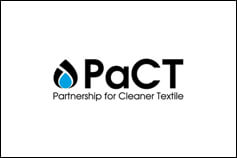Bangladesh’s compliance history is no doubt checkered and spotted. But it is also the stage for some not so quotidian achievements. According to the United States Green Building Council, Bangladesh is home to some of the world’s most environment-friendly apparel factories.
The world’s highest-rated green denim, knitwear, washing and textiles mills are all in Bangladesh. Of the top 11 LEED Platinum-certified factories, eight are from Bangladesh.
So far, 67 garment factories have achieved LEED certification. Of them, 17 are platinum rated and 37 gold rated. Some 280 factories are under process for LEED certification.
But it’s just not the 300-odd LEED superstars. The garment sector is accelerating its greening and becoming known for its sustainability initiatives. It is home to the Partnership for Cleaner Textile (PaCT), the world’s largest apparel resource efficiency programme. The PaCT Phase-1 was implemented in 215 factories at a cost of million. The Phase-2 has just been launched and will reach another 250 factories at a cost of million.
While eco-friendly development remains a desideratum, the billion question is how do we go from LEED and PaCT success stories to transformational change that will ensure Bangladesh’s place in a green supply chain? Green technology involves hardware and operational knowledge and can range from large and complex technologies to simpler ones. Typically, cleaner production faces two kinds of barriers: economic and institutional. Garment factory owners will think about the economic viability of the suggested green tech, the capital availability, and the risks to their company’s main objectives of profit maximization.
PaCT and LEED results are critical at this point of breakthrough because they reify the eco-efficiency business case that fuels peer demonstration. Success stories in more than 400 factories present compelling case studies of what is possible through constructive dialogue, collective effort and technical advisory. The business case will act as a catalyst towards greening in many factories once the “super stars” become the norm.
In order to enhance peer learning and investment into cleaner production, Bangladesh’s garment factories specifically need strong regulatory signals favoring cleaner production (targets and regulatory measures), long-term institutional changes (not just availability of green loans, but ease of access and disclosure of disbursements), economic incentives to banks, financial institutions and factory owners, removal of perverse resource pricing, and collaborative and coordinated efforts to foster networks of greening, skills building, trust building and behavioral change.
This list is not exhaustive, nor it is reflective of the complexity of the problem, but it starts a new way of thinking about spreading greening in a city that is also one of the most-polluted in the world. We must transcend from being islands of greening to more uniform performance and learning how to do that from those which perhaps might be a better way.
To read more please click here.
Featured News
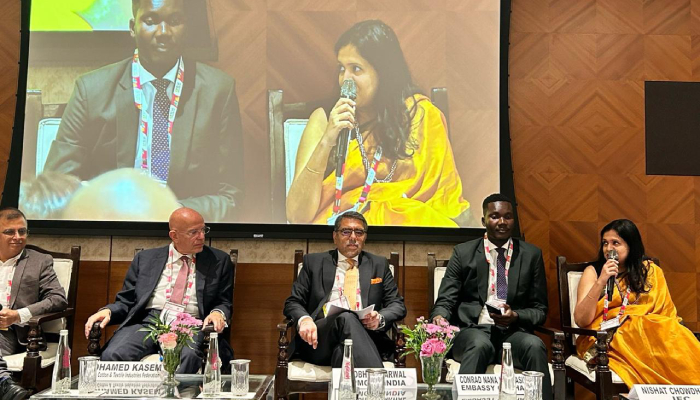
PaCT program manager attends Bharat Tex as panelist
March 6, 2024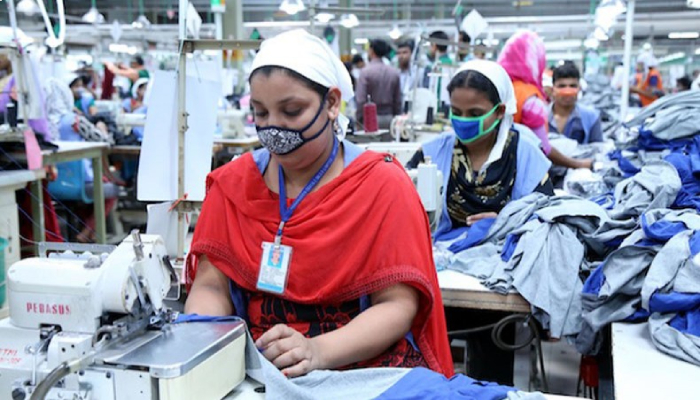
Number of LEED certified factories in RMG reaches 202
September 17, 2023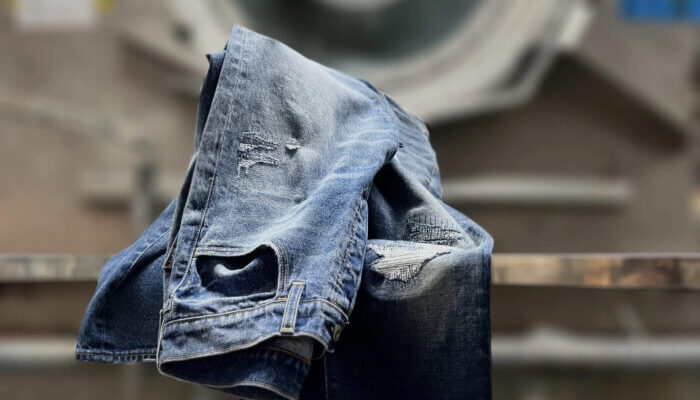
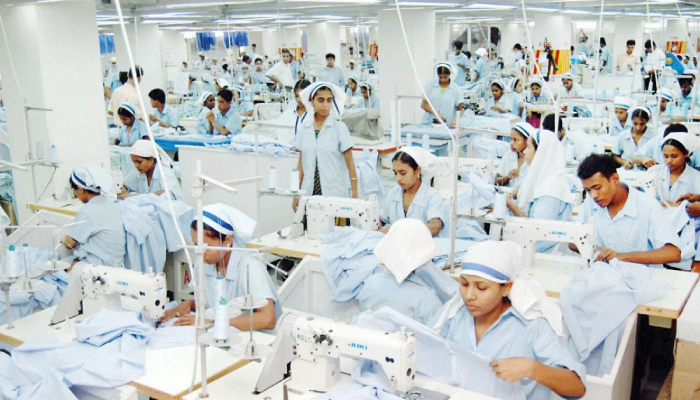
Spearheading sustainable industries
August 6, 2023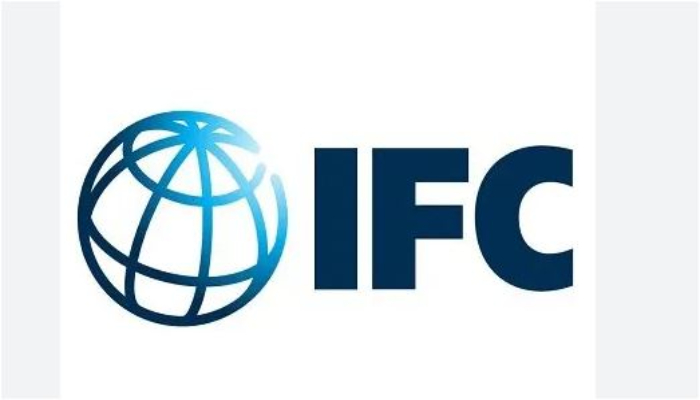
IFC organizes Africa-Asia Roadshow in Bangladesh
June 19, 2023

